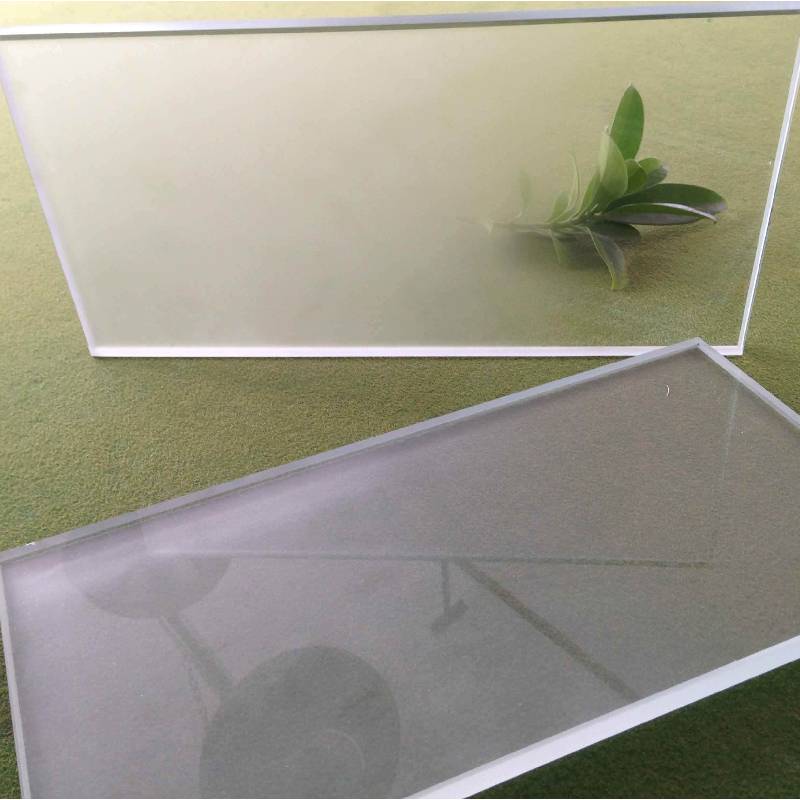

The Allure of Clear Reflective Glass in Modern Architecture
In the realm of contemporary architecture, few materials make as bold a statement as clear reflective glass. This versatile medium has transcended its mere functional properties to become a pivotal element in the design of buildings. The integration of clear reflective glass into architectural styles shines a light on a striking interplay between aesthetics, functionality, and the environment.
At its core, clear reflective glass serves multiple purposes. Architects are drawn to its sleek, modern appeal, enabling structures to embody a sense of transparency and openness. By incorporating large expanses of glass, buildings can invite an abundance of natural light, reducing the reliance on artificial lighting and promoting energy efficiency. This quality is particularly vital in urban environments where space constraints often limit the availability of sunlight. The reflective aspect of this glass not only adds a stunning visual effect but also helps to minimize heat absorption, thus contributing to more sustainable building practices.
The aesthetic impact of clear reflective glass cannot be overstated. Its mirrored finish provides a remarkable visual dynamic, allowing the buildings to blend harmoniously with their surroundings. During the day, the glass captures the colors and forms of the environment, creating a kinetic facade that changes with the light and weather. As the sun sets, the reflective properties transform buildings into glowing structures, adding a futuristic touch to city skylines. This striking transformation is especially captivating in urban settings, where each building can become a canvas for the shifting light of the day.

Moreover, clear reflective glass plays an essential role in the concept of biophilic design—a principle that emphasizes the human connection to nature. Buildings adorned with such glass can establish a visual link between interior spaces and the external environment. This seamless transition encourages occupants to engage with the natural world, promoting well-being and productivity. In a society that increasingly values sustainability and mental health, the use of reflective glass presents an opportunity to foster connections with nature, even in the heart of metropolitan areas.
However, while the advantages of clear reflective glass are considerable, it is important to address some challenges it presents. The high reflectivity can pose issues for birds, leading to collisions with glass surfaces. To mitigate this impact, designers are exploring various techniques, such as incorporating patterns and textures into the glass or surrounding structures with vegetation that creates an awareness of the presence of barriers. Additionally, architects must consider thermal performance and glare control, ensuring that the benefits of natural lighting do not compromise the comfort of occupants or the functionality of the building.
The use of clear reflective glass in architecture is also a testament to technological advancements in the field. Innovations such as low-emissivity coatings have enhanced the energy efficiency of glass, making it an increasingly viable option for newer constructions. These coatings reflect heat while allowing natural light to filter through, striking a balance between visibility and comfort. As technology continues to evolve, so does the potential for glass to contribute to sustainable building practices, paving the way for future architectural ingenuity.
In conclusion, clear reflective glass embodies the essence of modern architectural design, offering a harmonious balance of beauty, functionality, and environmental consciousness. As architects and designers continue to experiment with this dynamic material, its transformative qualities are bound to influence the skylines of our cities for generations to come. The allure of clear reflective glass not only enhances the visual appeal of structures but also enriches the human experience within them, solidifying its place as a cornerstone of contemporary architecture. As we move forward, embracing this elegant medium will undoubtedly play a crucial role in shaping the futurescape of our urban environments.